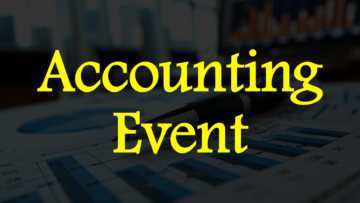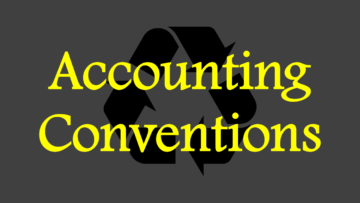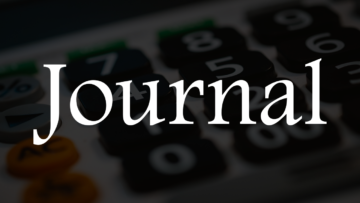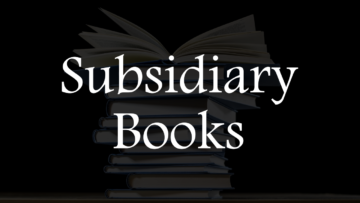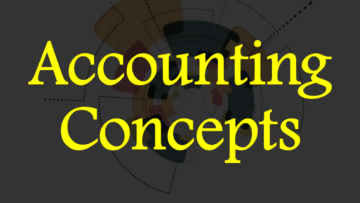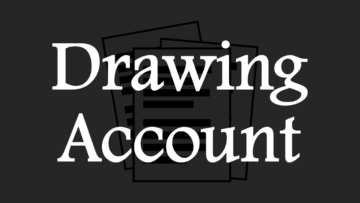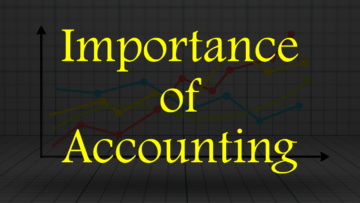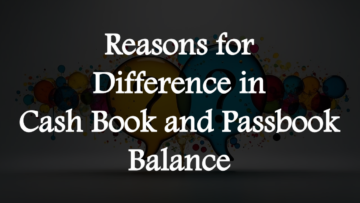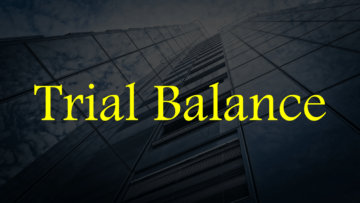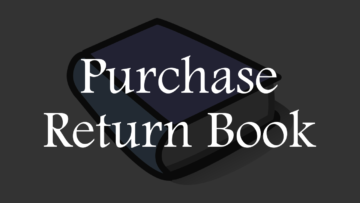There are a lot of transactions that take place in business day to day and those transactions are in some format, that format is called accounting/book-keeping documents, and all these are primary. These documents help in carrying out transactions systematically as these documents are as per the standard.
Every transaction is done through related documents. For example, sale and purchase transactions are done through Invoice/Bill/Cash Memo, cash deposits in the bank are done through Pay-In-Slip, sales and purchase returns and adjustments are made through Debit and Credit Note, payments to the party and receipts from the party are made through Cheque or Electronic Mode, Etc.
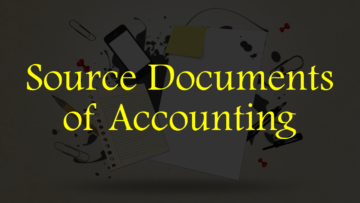
Table of Contents
Source Documents of Accounting
Following are the source documents of accounting:
1. Invoice/Bill/Cash Memo:
Purchase and sale are done through invoice/bill/cash memo etc. All the necessary elements like party details, product details and other necessary elements, etc. are given in these. In this, the one who sells the product is called the seller and the one who buys the product is called the buyer. Buying and selling can be cash and credit, it entirely depends on the buyer and seller and the nature of the transaction.
2. Receipt:
Receipt means evidence of receiving something. It is used when something is received from someone. For example, when we receive money or check we issue a receipt, similarly, when we give money or check we get a receipt. The receipt can be physical or virtual. Under this, the one who makes the receipt is called the issuer/giver and the one who receives the receipt is called the receiver.
3. Debit and Credit Notes:
Debit and credit notes are used to adjust party’s account. The main reasons for adjustment of parties’ accounts are sales returns, purchase returns, post-sale discount, errors in documents, etc. Debit note is used to debit the parties account and credit note is used to credit the parties account. When to use debit note and when to use credit note depends entirely on the nature of the transaction.
4. Cheque:
Cheque is an instrument given by banks to their customers, with the help of cheque customers manage their bank balance like withdrawals, transfers, etc. Each cheque has a unique number, and cheques are managed using these numbers.
Blank spaces are provided in the cheque for amount, date, signature, party details etc. All blank spaces are filled in when the cheque is issued. If someone does not clear the cheque after issuing it, then it is an illegal activity, and he/she can be punished.
5. Pay-In-Slip:
Pay-in-Slip is used to deposit cash, cheque, and equivalent instruments which are accepted by the bank. Pay-in-Slip is designed in such a way that it can be filled with date, branch details, account holder details and thing details etc.
Pay-in-Slip is used by the depositor and received by the bank. When the bank receives the pay-in-slip, the bank issues a receipt to the depositor. This receipt is attached to the pay-in-slip or may be separate. Those who use pay-in-slips to deposit cash, cheque, and equivalent instruments are called depositors and those who receive them are called receiver.
Note: Not all source documents of accounting are described above.
Read Also:
QNA/FAQ
Q1. Who issues the cheque?
Ans: Cheque is provided by banks to their customers and is issued by the customer. The main reason for issuing checks is withdrawal, transfer, etc.
Q2. Why does debit note issued?
Ans: Debit note is issued to debit the accounts of the parties. When to use a debit note depends on the nature of the transaction and account.
Q3. What is the use of receipt?
Ans: Receipt is used to certify something received.
Q4. Why is a credit note issued?
Ans: Credit note is issued to credit the accounts of the parties. When to use a credit note depends on the nature of the transaction and account.
Q5. Write some source documents of accounting.
Ans: Following are some of the source documents of accounting:
1. Invoice/Bill/Cash Memo
2. Receipt
3. Debit and Credit Notes
4. Cheque
5. Pay-In-Slip


